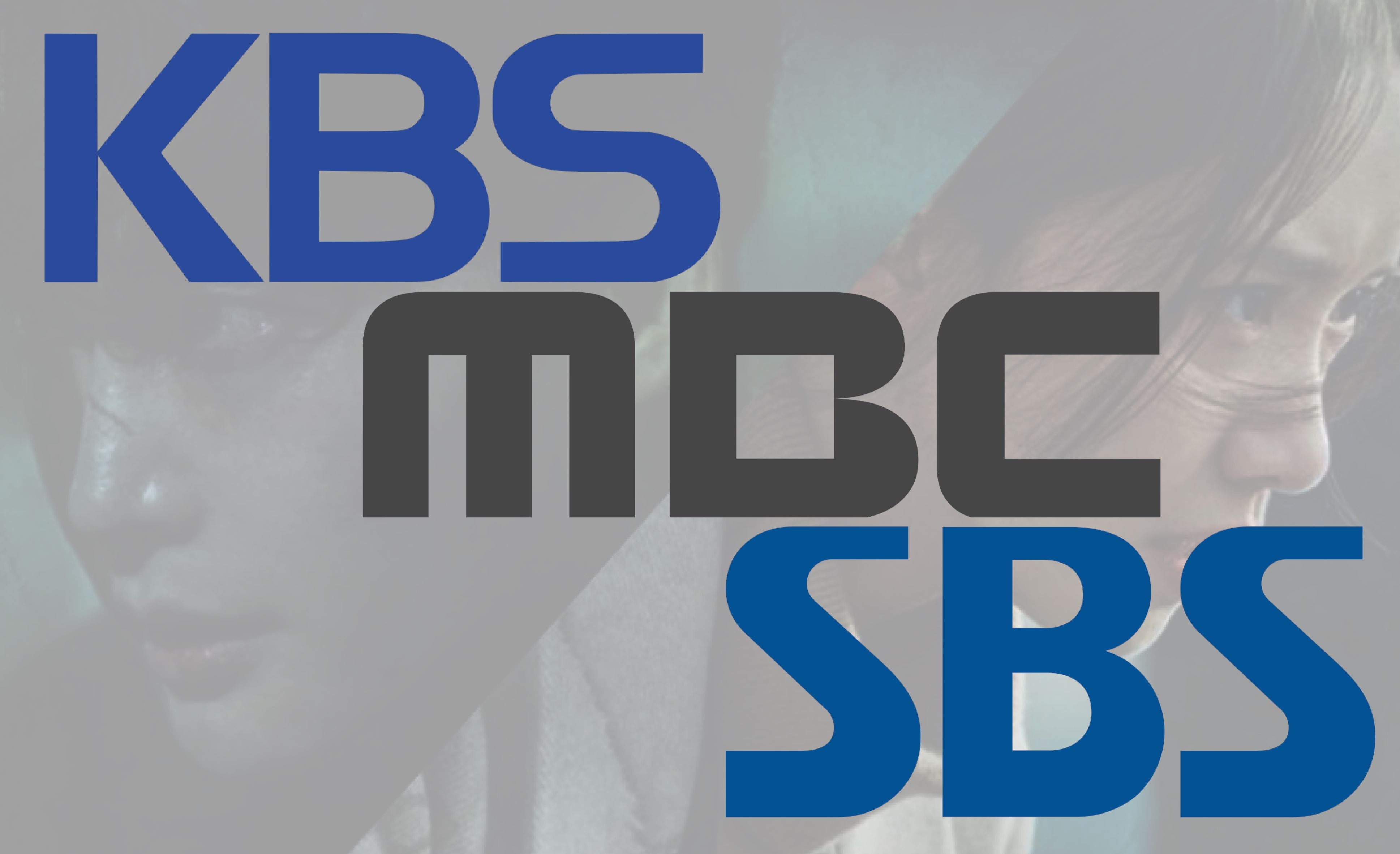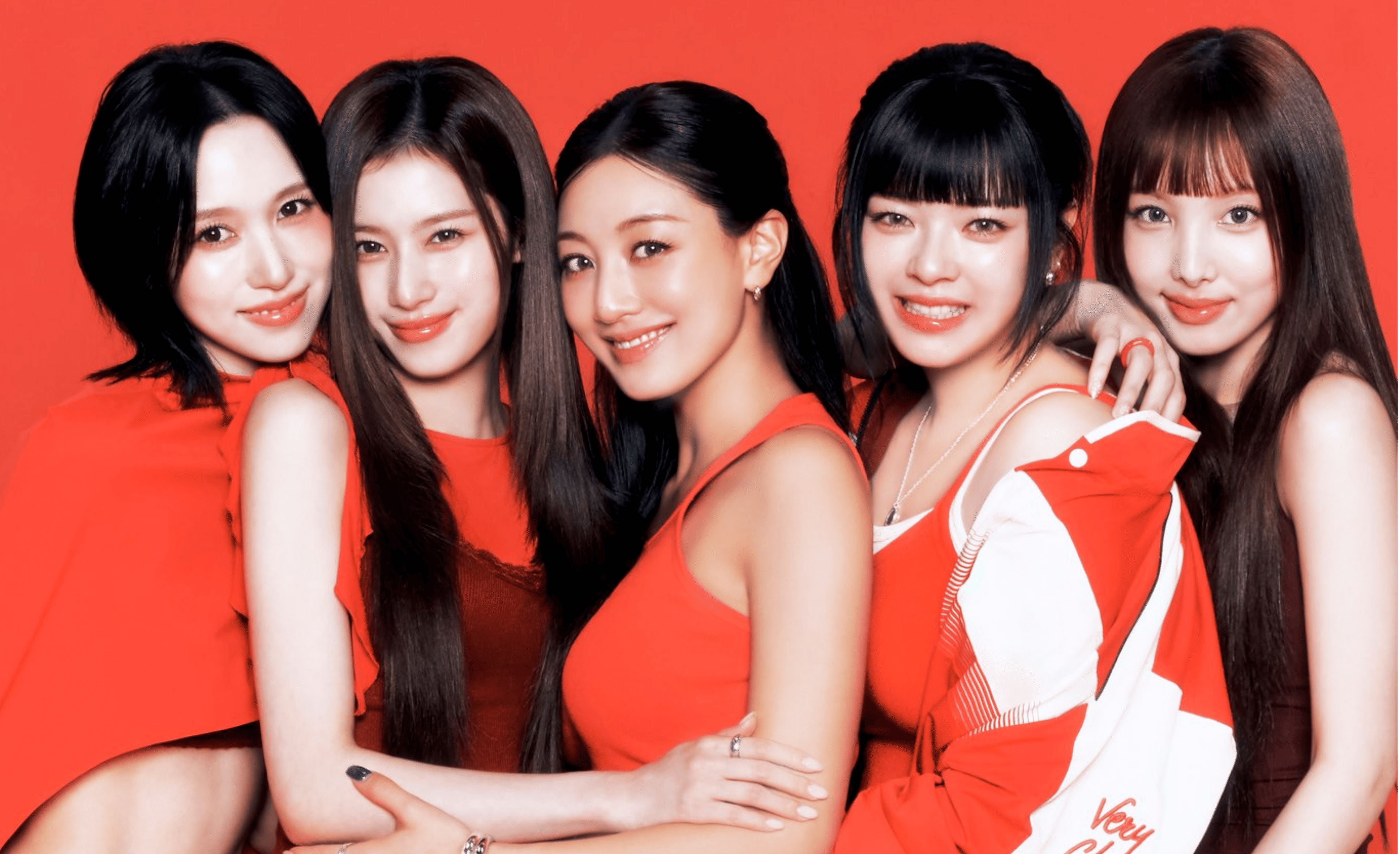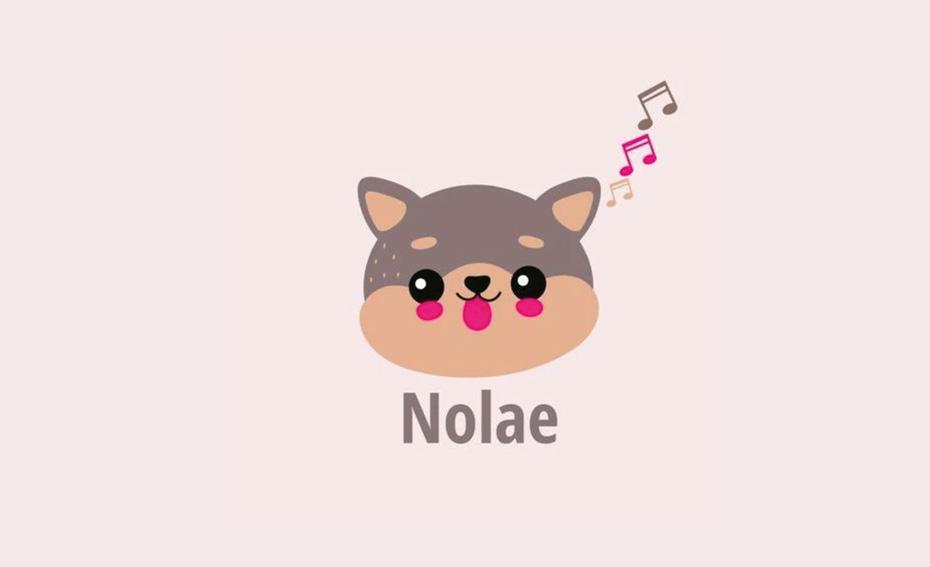Music Shows: Their chart system and terms you should know!
Music Shows: Ihr Chartsystem und Begriffe die du kennen solltest!
Autor: Helen Bosch / Sep 22, 2022


K-Pop Blog > Overview > Music Shows / Charts
Wenn du K-Pop magst und dir regelmäßig K-Pop Videos auf Youtube ansiehst, hast du bestimmt schon zahllose Auftritte deiner Lieblingsidols aus den verschiedenen Musikshows wie Inkigayo oder M Countdown gesehen. Dank der Shows können wir uns nicht nur jede Woche auf viele verschiedene Auftritte freuen, sondern auch über die Trophäen, die wöchentlich verliehen werden.

Viele Gruppen gewinnen diese Trophäen regelmäßig, aber genauso viele warten jahrelang auf ihren ersten Sieg in einer Musikshow. Eine Musikshow Trophäe zu gewinnen bedeutet für die meisten Idols, dass sie erfolgreich sind. Gerade für diese kleineren Gruppen, die lange auf den ersten Sieg warten, stellt er einen Durchbruch dar!
Selbst für größere Gruppen, die regelmäßig gewinnen, sind diese Trophäen nicht egal. Der Erfolg eines Songs wird unter anderem daran gemessen, wie viele Musikshow Siege er eingebracht hat. Außerdem wird bei Rekorden von Idols oft auch erwähnt, wie schnell nach dem Debüt sie zum ersten Mal eine Musikshow gewonnen haben und ob sie Triple Crowns errungen haben.
Aber hast du dich schon einmal gefragt, nach welchen Kriterien jede Woche der Sieger bestimmt wird? Wir erklären dir in diesem Artikel das Chartsystem der einzelnen Musikshows und übersetzen auch spezielle Begriffe wie “Triple Crown” für dich.
- Kriterien für den Sieg in Musikshows
- Chartsystem der einzelnen Musikshows im Detail
- Begriffe rund um Musikshows
Zu den Musikshows, die ein Chartsystem haben und Trophäen verleihen, gehören Music Bank, Show! Music Core, Show Champion, Inkigayo, The Show und M Countdown. Bevor wir weitermachen, stellen wir sie dir ganz kurz vor:
Show! Music Core wurde im Oktober 2005 zum ersten Mal ausgestrahlt und ist der Nachfolger von mehreren verschiedenen Chart Shows, die zuvor auf dem Sender MBC ausgestrahlt wurden. Das Chartsystem wurde aber nur ein Jahr später abgeschafft, um sich mehr auf die Musik zu konzentrieren. In den nächsten Jahren wurden die Charts noch mehrfach eingeführt und abgeschafft. Erst seit 2017 ist das heutige Chartsystem wieder ein Teil des Programms!

Inkigayo ist die älteste der heute existierenden Musikshows, denn sie wird seit 1998 ausgestrahlt. Tatsächlich gab es die Show schon in 1991 unter dem Namen “SBS Popular Song”; sie wurde aber in 1993 abgesetzt und erst 1998 wieder aufgenommen. Auch Inkigayo schaffte das Chartsystem in 2012 ab, um sich mehr auf die Musik zu konzentrieren, führte es aber schon in 2013 wieder ein.
The Show ist eine der jüngeren Musikshows, denn sie existiert erst seit 2011. In 2014 wurde das heute bekannte Chartsystem eingeführt.
Show Champion wurde erstmals in 2012 ausgestrahlt, ist also noch jünger als The Show. Seit 2013 läuft die Show auch live, statt erst aufgenommen und im Nachhinein gesendet zu werden.
Music Bank existiert seit 1998 und gehört damit zu den ältesten Musikshows. Sie wurde ursprünglich live gesendet, aber in 2005 entschieden die Produzenten, das Format zu ändern und die Show im Voraus aufzunehmen. Weil die Quoten sanken, kehrte Music Bank aber zwei Jahre später zum Liveformat zurück.
M Countdown wird seit 2004 ausgestrahlt und ist heute unter anderem für Challenges wie die MCD Vocal Challenge bekannt, bei der Idols, die aktuell in der Show auftreten, gemeinsam einen bekannten Song covern.
Daran, dass mehrere Musikshows zwischenzeitlich ihr Chartsystem abgeschafft und dann nach kurzer Zeit doch wieder eingeführt haben, sehen wir, dass es zu der Popularität der Shows beiträgt. Weitere Gründe für den Erfolg dieser Shows sind natürlich, dass alle beliebten Idols dort auftreten und Fans so die Chance haben, ihre Stars während des Comebacks mehrfach die Woche live zu sehen; ob online oder in Person. Dank Youtube und Untertitel können auch internationale Fans auf der ganzen Welt sich die ganze Show oder bestimmte Auftritte ohne Probleme ansehen.
Kürzlich haben wir dir in einem anderen Artikel die bekanntesten koreanischen Fernsehsender und ihr Programm vorgestellt. Dort findest du auch eine Liste aller Musikshows, die derzeit ausgestrahlt werden, zu welchem Sender sie gehören und welche Shows noch auf demselben Sender ausgestrahlt werden. Wenn dich das interessiert, kannst du dir den Artikel gerne genauer ansehen.
Es gibt viele verschiedene Kriterien, die bei der Ermittlung der Gewinner in Musikshows eine Rolle spielen. Die vier Musik Shows Show! Music Core, Show Champion, Inkigayo und The Show beziehen sich auf die folgenden fünf:
- Digitale Verkäufe
- Physische Verkäufe
- Musikvideo Views
- Zuschauerabstimmung
- Broadcast (Dies bezieht sich darauf, wie oft der Song auf dem Sender, zu dem die jeweiligen Musiksendungen gehören, gesendet wurde.)
Im Folgenden geben wir dir einen kurzen Überblick darüber, wie viel Gewicht die Kriterien bei den einzelnen Musikshows haben und welche jeweils die größte Rolle spielen.
Diese Zahlen ändern sich über die Jahre immer wieder und es kommt auch vor, dass ein Kriterium ganz abgeschafft oder ein neues hinzugefügt wird. Die Zahlen, die wir dir jetzt vorstellen (September 2022) können sich also in Zukunft wieder ändern.

Show! Music Core bezieht sich zum Beispiel zu 50% auf die digitalen Verkäufe! Die anderen 50% bestehen aus der Zuschauerabstimmung (20%), physischen Verkäufen (10%), Musikvideo Views (10%) und Broadcast (10%).
Inkigayo: Digitale Verkäufe 55% / Musikvideo Views 30% / Broadcast 10% / Physische Verkäufe 10% / Zuschauerabstimmung 10%
The Show: Digitale Verkäufe 40% / Musikvideo Views 20% / Broadcast 15% / Zuschauerabstimmung 10% / Physische Verkäufe 10%
Show Champion: Digitale Verkäufe 35% / Broadcast 20% / Zuschauerabstimmung 20% / Physische Verkäufe 15% / Musikvideo Views 10%
Tatsächlich können wir allgemein sagen, dass die digitalen Verkäufe immer den größten Teil in der Gesamtwertung einnehmen. Die Zuschauerabstimmung sieht bei jeder Show etwas anders aus. Manchmal sind damit Live-Votes gemeint und manchmal wird im vornherein abgestimmt. Oft besteht das Kriterium Zuschauerabstimmung auch aus einer Mischung von beidem.
Lass uns jetzt wie angekündigt ein paar Begriffe klären, die du kennen solltest, wenn es um Musik Shows geht!
Triple Crown: Wenn ein Song drei Wochen hintereinander Platz 1 in der gleichen Musik Show belegt. Ein Künstler kann also theoretisch sogar mehrere Triple Crowns mit einem Song gewinnen; eine pro Musik Show. Eine Triple Crown gewinnen aber selbst beliebte Künstler nur ab und zu, also ist dieser Preis auch für sie ein großer Erfolg!
In den meisten Musik Shows wird ein Song, der dreimal gewonnen hat, im Anschluss aus der Wertung ausgeschlossen.

Promotion: Die Werbung für das aktuelle Comeback. Teil der Promotions sind die Auftritte in Musik Shows.
Comeback Stage: Die verschiedenen Performances von K-Pop Idols in Musik Shows werden “Comeback Stage” oder einfach nur “Stage” genannt.
Goodbye Stage: Wenn Künstler ihren Song zum letzten Mal in einer Musikshow aufführen, weil im Anschluss die Promotion für das aktuelle Comeback endet, wird dieser letzte Auftritt oft als “Goodbye Stage” bezeichnet.
Special Stage: Hierbei handelt es sich um besondere Auftritte, wie zum Beispiel einmalige Kollaborationen verschiedener Künstler. Ab und zu performen unter anderem die MC’s gemeinsam einen Song, vor allem dann, wenn ein oder mehrere neue MC’s in einer Show dazu kommen.
MC: Ein MC ist der Gastgeber oder Moderator einer Show. Die Bezeichnung “MC” ist eine Abkürzung für den englischen Begriff “Master/ Mistress of Ceremonies” (übersetzt: “Meister der Zeremonien”). Sie wird nicht nur bei Musikshows, sondern bei allen möglichen Unterhaltungssendungen in Südkorea benutzt.
Fanchant: Wörtlich übersetzt “Fangesang” oder “Sprechchor”.
Zu den meisten K-Pop-Songs, zumindest zu den Titelsongs von den Alben, gibt es einen offiziellen Fanchant; Worte oder Phrasen, die von den Fans an bestimmten Stellen des Songs gesungen werden, um die Künstler auf der Bühne anzufeuern. Meistens bestehen die Fanchants vor allem aus dem Namen der Idols und werden an Stellen gesungen, in denen die Idols gerade selbst nicht singen, um sie nicht zu stören.
Die Fanchants werden allen Auftritten, wie zum Beispiel Konzerten gesungen und natürlich auch bei Musik Shows.
B-Side: Wie du weißt, hat jedes Album einen Titelsong, zu dem es ein Musikvideo gibt und der in den Musik Shows aufgeführt wird. Alle anderen Songs des Albums heißen B-Side. Manchmal führen Künstler in Musikshows nicht nur ihren Titelsong, sondern auch eine B-Side auf.
Gibt es noch irgendwelche Fragen zum Thema Musikshows, die wir beantworten oder Begriffe, die wir klären sollten? Lass es uns gerne in den Kommentaren wissen!
Das könnte Dich auch interessieren
5% RABATT BEI NEWSLETTER ANMELDUNG
Die neuesten Produkte, Aktionen und News. Direkt in dein Postfach.












